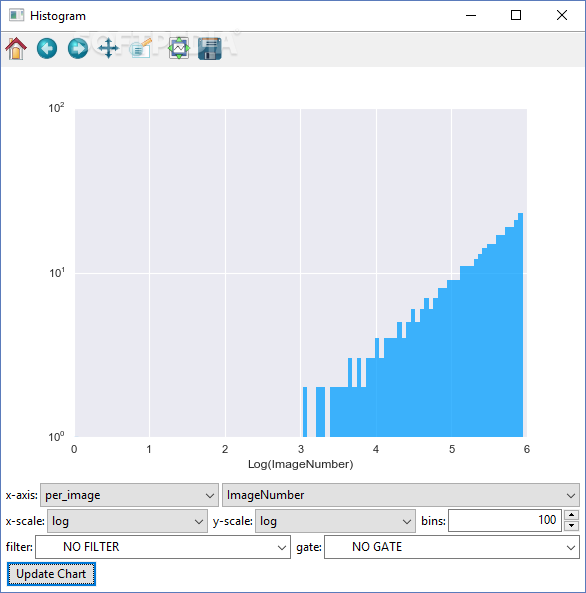

- #The logfile cellprofiler analyst could not be opened manual#
- #The logfile cellprofiler analyst could not be opened software#
With Anima, an image analysis developer may systematically test different methods and include newly published ones regardless of the programing language the methods have been implemented in.

The main design principles are to enable rapid development and incorporation of new methods, without the need to port them from their original implementations. Once an application is built with Anima, it may be executed by a wider audience. It is targeted mainly for analysis and algorithm developers. Anima allows the combination of tools from different fields of informatics to a coherent workflow environment. We describe here an open source and modular analysis workflow system, Anima (ANduril IMage Analysis), for development of comprehensive image processing and multivariate statistical analysis of image data.

Even though the role of data analysis workflow systems in genomics analysis has been recognized ( Almeida, 2010), in the biological image analysis there are currently no image analysis focused integrated workflow systems available ( Eliceiri et al., 2012). In order to overcome these issues, there is a need for a modular image analysis workflow environment in which individual analysis methods are considered as components of a pipeline and can be joined together seamlessly.
#The logfile cellprofiler analyst could not be opened software#
Furthermore, existing software typically do not include options for high-order statistical or computational downstream analyses ( Huang, 2010), and the use of various software without systematic framework leads easily to delays and errors. For example, it is challenging to add new algorithms to the analysts’ use as a new implementation needs to be programed ( Cardona and Tomancak, 2012). They have been used successfully especially in extracting intensity and shape features from various biological objects.Ī key challenge with the existing methods is that their concurrent use is hindered by different input/output requirements. Accordingly, a number of image analysis tools, most notably CellProfiler ( Carpenter et al., 2006), ImageJ ( Schneider et al., 2012) and its extension Fiji ( Schindelin et al., 2012), and several others as reviewed by Eliceiri et al.
#The logfile cellprofiler analyst could not be opened manual#
Manual analysis of such vast amount of image data is impossible, and a wide array of computational methods is needed to translate raw data files into biological and medical knowledge ( Eliceiri et al., 2012). IntroductionĪutomated microscopes and image acquisition systems enable experiments that can easily produce millions of images in a single experiment ( Tanasugarn et al., 1984 Conrad and Gerlich, 2010 Shamir et al., 2010). Anima is a fully open source and available with documentation at 1. elegans worms by integrating several analysis environments. The utility of Anima is shown with two case studies focusing on testing different algorithms developed in different imaging platforms and an automated prediction of alive/dead C. Anima is designed for comprehensive and efficient image data analysis development, and it contains several features that are crucial in high-throughput image data analysis: programing language independence, batch processing, easily customized data processing, interoperability with other software via application programing interfaces, and advanced multivariate statistical analysis. To manage such large-scale image data analysis projects, we present here a modular workflow system called Anima. Furthermore, a single image analysis project may require tens or hundreds of analysis steps starting from data import and pre-processing to segmentation and statistical analysis and ending with visualization and reporting. Modern microscopes produce vast amounts of image data, and computational methods are needed to analyze and interpret these data.


 0 kommentar(er)
0 kommentar(er)
